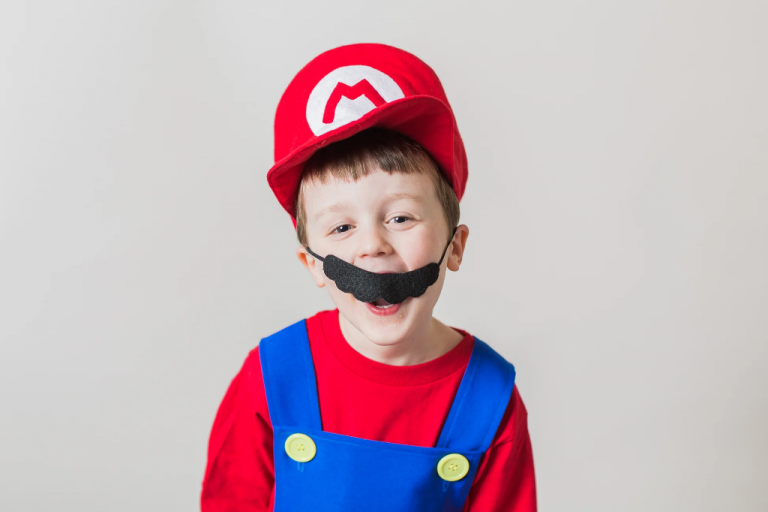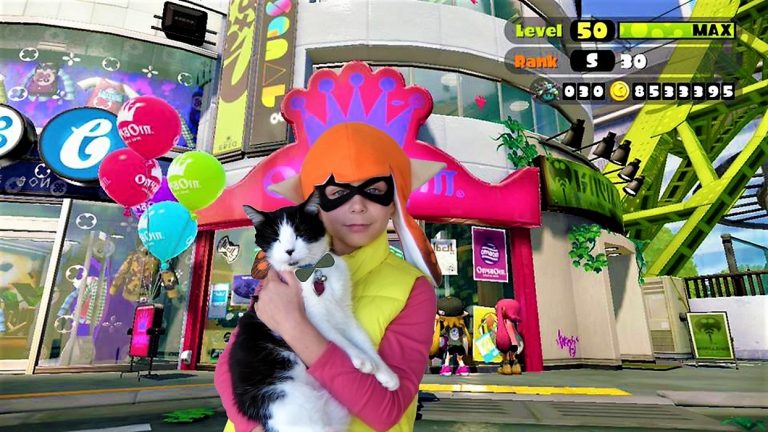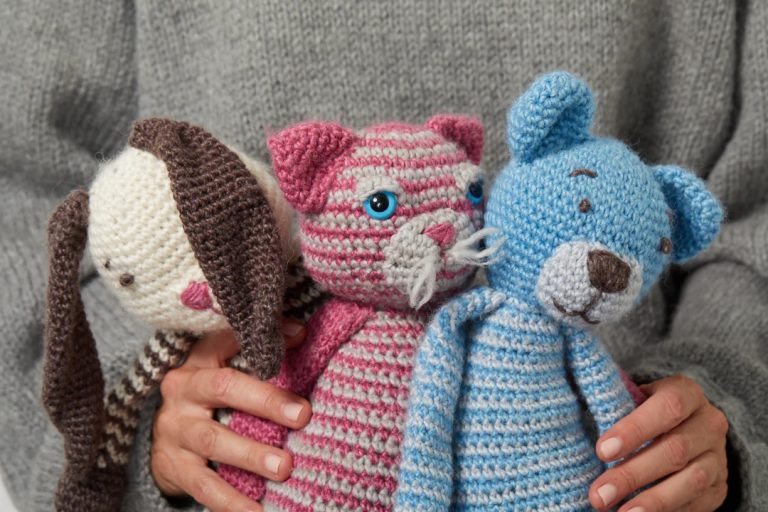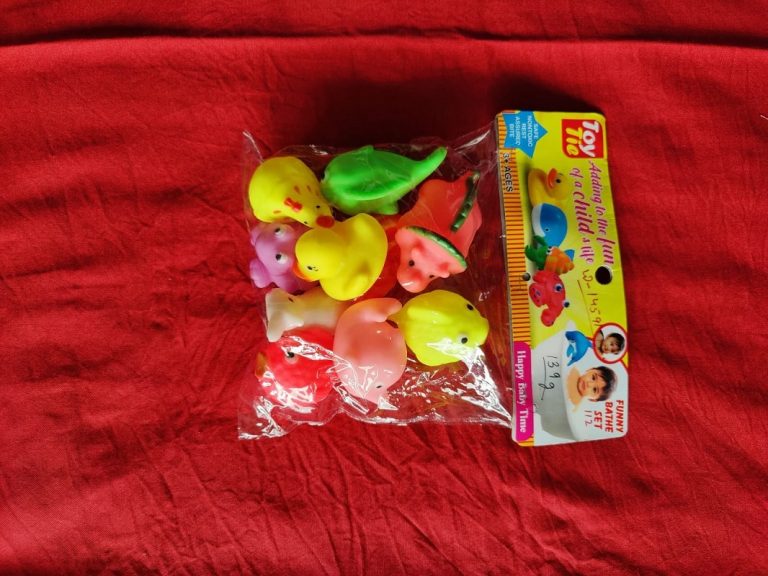Table of Contents
Embarking on a dance journey can be a transformative experience for children, fostering discipline, creativity, and self-expression. As parents and guardians, our role is pivotal in nurturing this passion, ensuring that our children receive the support and encouragement they need to thrive. Help them overcome stage fright by following structured steps outlined in How to Support Your Child’s Dance Journey, which emphasizes confidence-building, visualization, and embracing the joy of performing. This comprehensive guide offers insights and strategies to effectively support your child’s dance aspirations.

Key Takeaways
- Encouragement Over Pressure: Foster a love for dance by emphasizing enjoyment and personal growth rather than perfection.
- Celebrate Milestones: Recognize and celebrate both major and minor achievements to boost confidence and motivation.
- Create a Supportive Environment: Establish a positive atmosphere at home that reinforces their passion for dance.
- Prioritize Well-Being: Ensure your child’s physical and emotional health is maintained throughout their dance journey.
- Maintain Open Communication: Engage in regular dialogues about their experiences, challenges, and aspirations in dance.
Encouragement Without Pressure
It’s essential to strike a balance between encouraging your child’s passion and avoiding undue pressure. Children flourish when they feel supported without the burden of unrealistic expectations. Emphasize the joy of dancing and the value of effort over perfection. For instance, acknowledging their dedication with comments like, “I’m proud of how hard you worked in class today,” reinforces their commitment without adding pressure. Recognize that dance can be demanding, and there will be days when they feel frustrated or discouraged. Assure them that it’s okay to take breaks and that your support remains unwavering, regardless of their performance.
Celebrating Achievements
Recognizing and celebrating your child’s accomplishments, no matter how small, can significantly boost their motivation. Whether it’s mastering a new step or showing improvement in technique, acknowledging these milestones reinforces their progress. Attend their performances, capture memorable moments, and share in their excitement. This approach helps build confidence and a sense of accomplishment, motivating them to continue learning and growing in dance.
Creating a Positive Home Environment
A supportive home environment plays a crucial role in nurturing your child’s dance journey. Show interest in their classes by discussing what they’ve learned and encouraging them to demonstrate new moves. Setting up a dedicated space at home for practice, even a small area, reinforces their commitment and provides a safe place to hone their skills. This positive reinforcement at home helps them feel that their passion for dance is valued and appreciated.
Supporting Physical and Emotional Well-Being
Dance is physically demanding, making it vital to prioritize your child’s health. Encourage proper rest, stretching routines, and a balanced diet to fuel their energy. Teach them to listen to their bodies and avoid overexertion to prevent injuries. Equally important is their emotional well-being. Maintain open communication, allowing them to express concerns or frustrations. Being an empathetic listener shows them that their feelings matter and builds trust, creating a safe space for them to express themselves and discuss their aspirations and concerns.
Trusting Instructors and the Learning Process
Supporting your child’s dance journey also means trusting the instructors and allowing them to guide your child’s progress. Dance teachers are dedicated professionals trained to assess each dancer’s needs and create nurturing learning environments. Trusting the process means allowing your child to progress at their own pace without pushing for immediate results. Avoid the temptation to over-analyze their progress or compare them to others. Remember that the dance journey is unique for every child, and trusting their instructors helps your child feel supported without additional pressure.
Being Their Biggest Cheerleader
Above all, be your child’s biggest supporter. Show up to recitals, competitions, and events, and let them know how proud you are of their dedication and enthusiasm for dance. Supporting a child’s dance dream is about being their advocate and showing unwavering support for the activity they love. Encourage them to enjoy the journey, reminding them that dance is about self-expression, creativity, and personal growth. Your positivity and encouragement can help them stay motivated, regardless of any challenges they face.
Open Communication
Maintaining open communication is crucial in supporting your child’s dance journey. Ask them how they feel about their classes, teachers, and progress, and encourage them to express any concerns or challenges. Listening to your child’s experiences helps you better understand their needs, whether they need more support, less pressure, or even a break. Being an empathetic listener shows them that their feelings matter and builds trust, creating a safe space for them to express themselves and discuss their aspirations and concerns.
Supporting your child’s dance journey requires patience, encouragement, and empathy. By fostering a positive environment, celebrating their efforts, and allowing them to grow at their own pace, you can help your child build a joyful and lasting connection with dance. Remember, the goal is to nurture their love for dance, ensuring it remains a source of joy and personal growth throughout their life.
How can I encourage my child to practice dance at home without making it feel like a chore?
Encourage practice by integrating it into fun activities, setting up a dedicated dance space, and allowing them to choose music they enjoy. Celebrate their progress to keep motivation high.
What should I do if my child wants to quit dance?
Engage in an open discussion to understand their reasons. Assess if it’s a temporary phase or a deeper issue.
How can I encourage my child to practice dance at home without making it feel like a chore?
Help them build confidence through regular practice and positive reinforcement. Encourage deep breathing techniques, visualization, and focusing on enjoying the performance rather than perfection. Remind them that nerves are natural and part of growth.




















